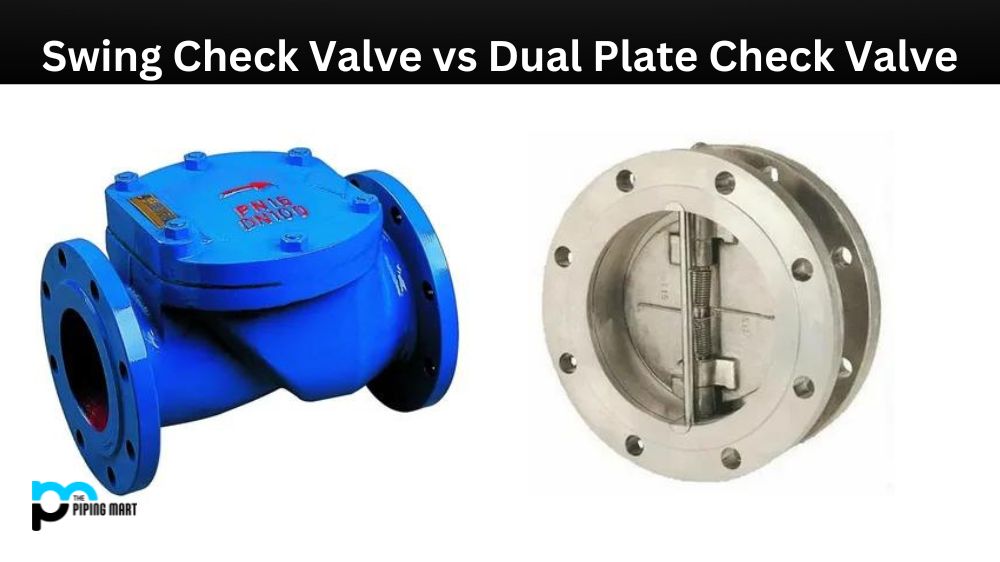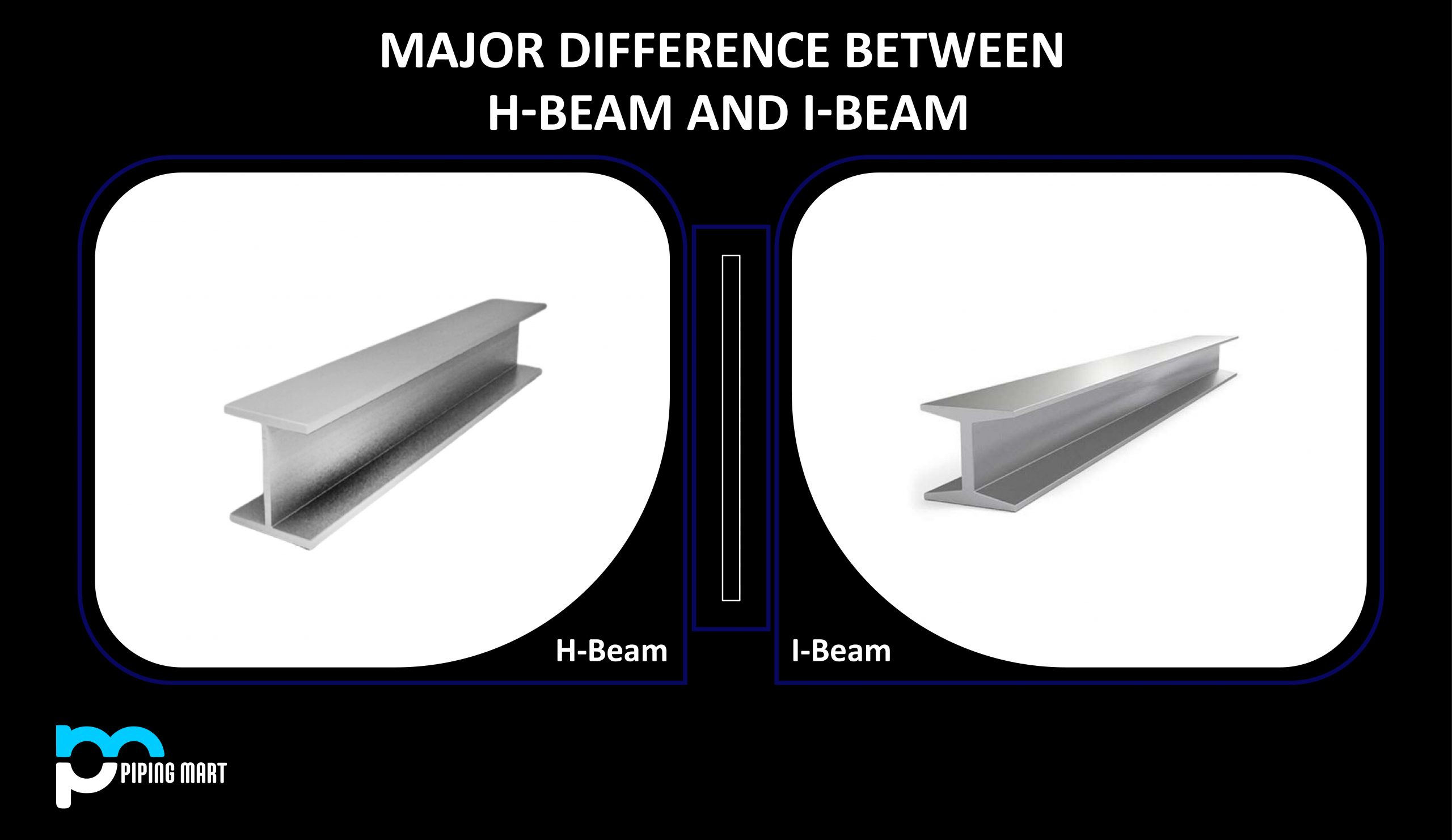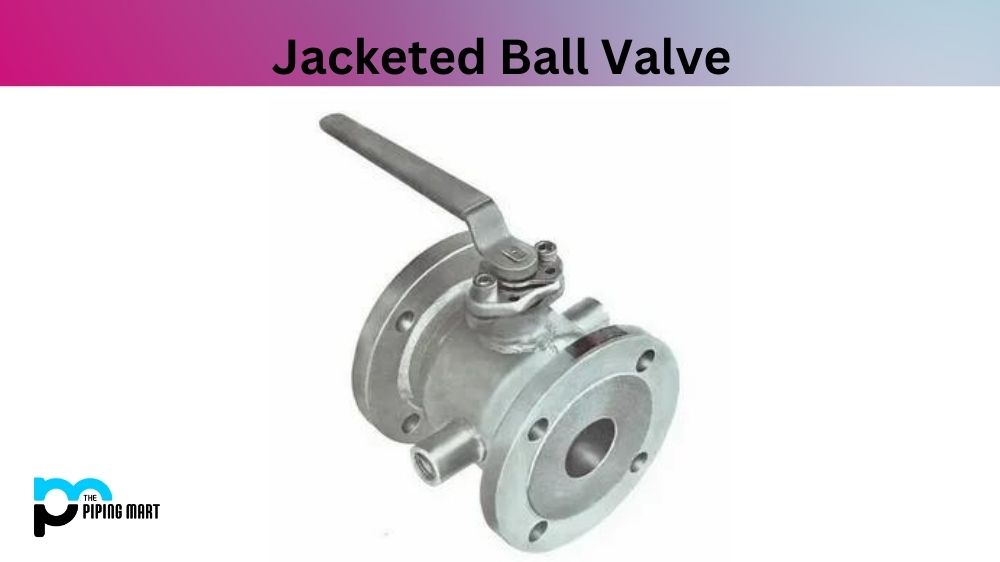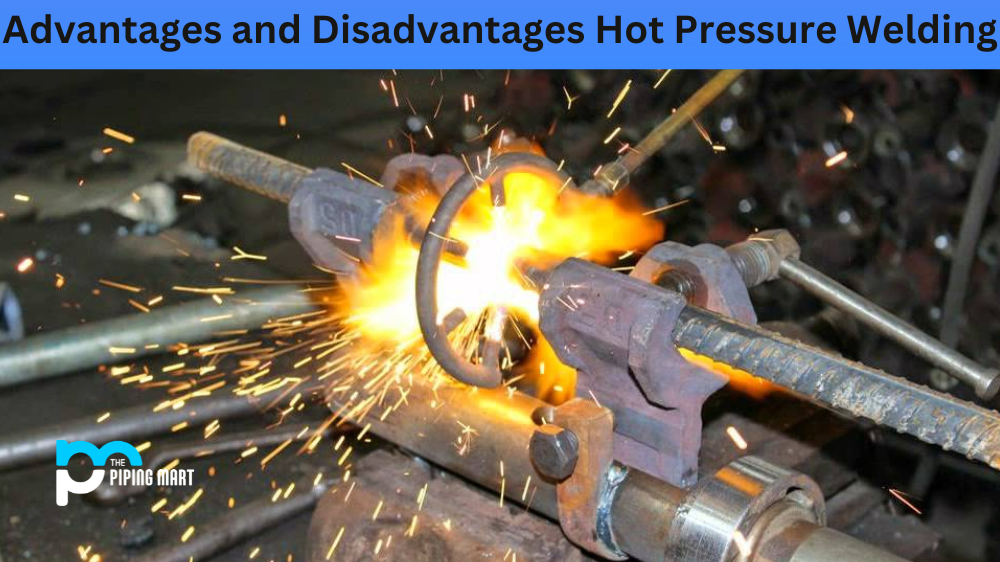In the world of valves, numerous types are available to cater to various needs. Amongst these, two popular types are the swing check valve and the dual plate check valve. Both these valves are commonly used in various industries, including oil and gas, chemical, and water treatment. Though they appear similar, there are notable differences in design, functionality, and usage. In this blog post, we will compare the swing and dual plate check valves and outline their differences.
What is Swing Check Valve?
A Swing Check Valve is a type of check valve featuring a disc-shaped plate that swings open or closed as the pressure in the line changes, allowing fluid to flow in one direction while preventing it from flowing back. Its purpose is to prevent the backward flow of fluids, commonly found in pipelines transporting liquids or gases. It’s an effective way to protect equipment against backflow, maintain system pressure, and provide energy savings.
What is Dual Plate Check Valve?
A Dual Plate Check Valve is a type of non-return valve. It consists of two spring-loaded plates hinged together, which open and close to allow fluid flow in one direction. This helps ensure that the system remains pressurized and prevents backflow due to pressure drops, mechanical shocks or rapid closure of downstream valves. They are used mainly in pipelines handling water, oil, gas or steam.
Difference Between Swing Check Valve and Dual Plate Check Valve
Design:
The swing check valve has a simple design. It consists of a flap that swings on a hinge to let fluid flow in one direction and prevent backflow. On the other hand, the dual plate check valve has two plates that mesh with each other and pivot to allow fluid flow in one direction only.
Functionality:
Both valves are essentially non-return valves and prevent the backflow of fluid in the pipeline. The swing check valve is predominantly used in low-pressure applications, and the disc opens in response to fluid flow in the pipeline. In contrast, the dual plate check valve is best suited for high-pressure applications, and both plates open symmetrically to allow fluid to flow.
Performance:
The swing check valve has a slower closing action and requires more space for operation. This can lead to pressure surges and water hammers, especially larger pipe sizes. On the other hand, the dual plate check valve has a faster closing action and requires less space for operation. This makes it an ideal choice for installation in confined spaces.
Maintenance:
The swing check valve is relatively simple in design and requires minimal maintenance. However, it can suffer from issues such as slamming and wear due to the hinge mechanism. The dual plate check valve has a more complex design and requires more maintenance. The plates may require realignment, and the sealing surfaces must be checked regularly for wear and tear.
Price:
Both valves have a similar price range, and the choice ultimately depends on the application’s specific requirements. The swing check valve is a more economical option for low-pressure applications, while the dual plate check valve is preferred for high-pressure applications.
Conclusion:
In summary, both the swing check valve and the dual plate check valve are essential non-return valves used in various industries. Each valve type has its advantages and limitations. Therefore, selecting the appropriate valve type is crucial based on the application’s specific requirements and operating conditions. In conclusion, this blog post has helped you understand the differences between the swing check valve and the dual plate check valve and made it easier to make an informed choice.
Rachana is a dedicated and ambitious young woman who has made a name for herself in the metal industry. From her earliest days in the industry, Rachana showed a natural talent for problem-solving and a keen eye for detail. In her free time, She enjoys reading up on the latest advancements in the industry, as well as exploring new ways to innovate and improve upon existing processes.




